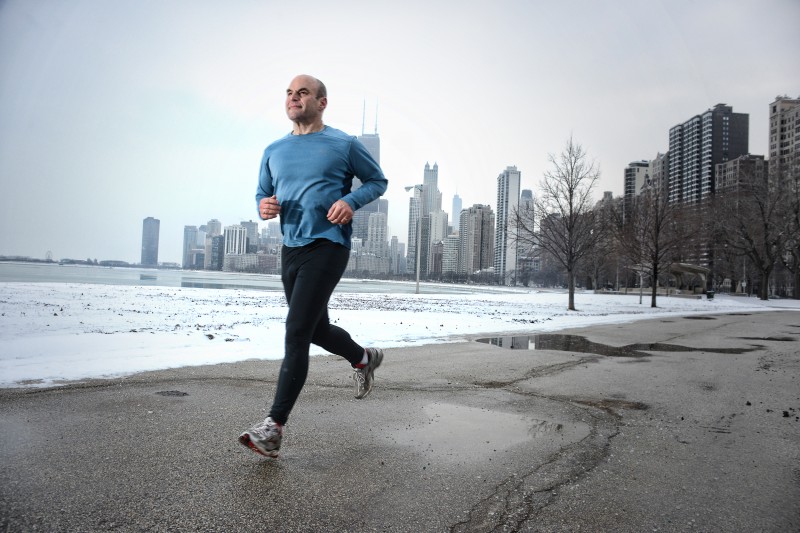
Since 1990, there has been a 140 percent increase in marathon finishers in the United States.
Paying attention to the position of each body part during a run can seem exhausting, but mastering proper form is a must for those who are just getting into the sport or are avid runners looking to increase run length. A helpful tip is to not attempt mastering the form of each part of the body all at once. Try starting with one form and adding more gradually. This allows you to think the process through and understand how your body should be feeling in each position.
According to an article in Runner’s World, proper head tilt is the most important.
“How you hold your head is key to overall posture, which determines how efficiently you run,” the article stated. “Let your gaze guide you. Look ahead naturally, not down at your feet, and scan the horizon. This will straighten your neck and back, and bring them into alignment. Don’t allow your chin to jut out.”
Next comes the shoulders. In an attempt to maintain control of their bodies while running to achieve better form, many people make the mistake of tensing their shoulders. This tensing can affect the rest of your body, ruining the overall form you were trying to accomplish. Shoulders should be low, relaxed, and remain even, so avoid letting shoulders dip from side to side with each stride.
The arms are often ignored when it comes to establishing a new form, but try to keep your hands in loose fists without clenching too tightly.
“Imagine yourself trying to carry a potato chip in each hand without crushing it,” Runner’s World stated. Elbows should be bent at about 90 degrees and arms should swing naturally, but try to keep them from crossing your chest.
How a runner positions their torso is simply an extension of how the head and shoulders are positioned. If those alignments are correct, the rest should fall into place. This will allow your back to straighten on its own. However, remain aware of your posture. The straighter your back is while running, the easier time you will have breathing. Breathing deeply throughout your run will help control this posture.
One of the most important reasons to keep a straight back is the pressure that can start to be placed on your hips when your body is hunched forward. Again, if the back is straight, the hip placement should come naturally.
While the actual position of the leg depends on what type of running you’re doing – sprinting or long distance – the foot should generally touch the ground directly under the body. If the foot lands elsewhere, it’s a sign that your stride is too long. As for the feet, there should be light impact where the foot hits the ground between the heel and the middle of the foot. Slowly rolling toward the front of the foot, the pickup should be relatively light as well and incorporate a mild spring to help propel the leg into the next stride.
Image from Kyle Cassidy on the Wikimedia Commons
 Your Privacy Choices
Your Privacy Choices
 The
The